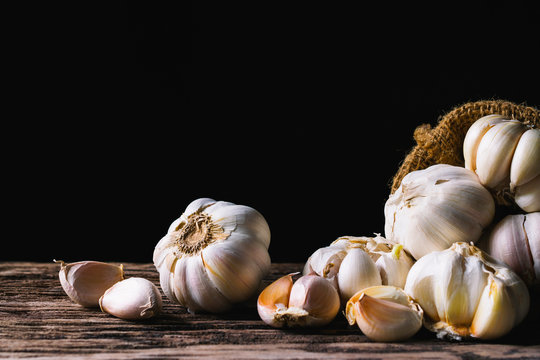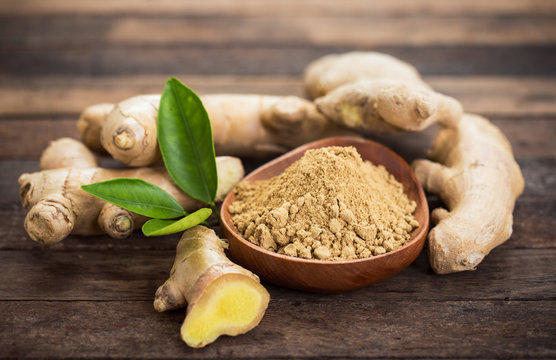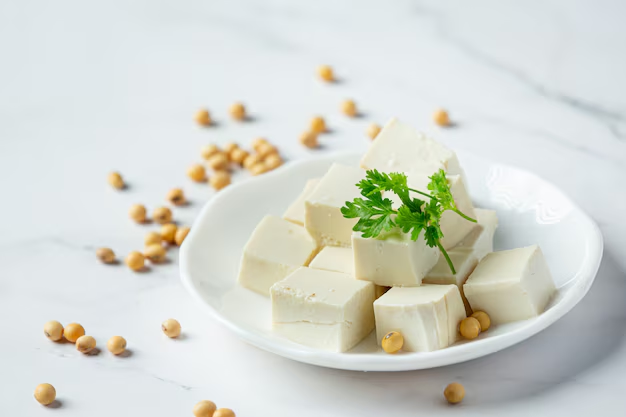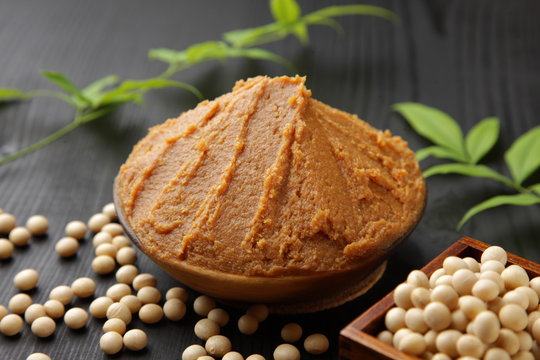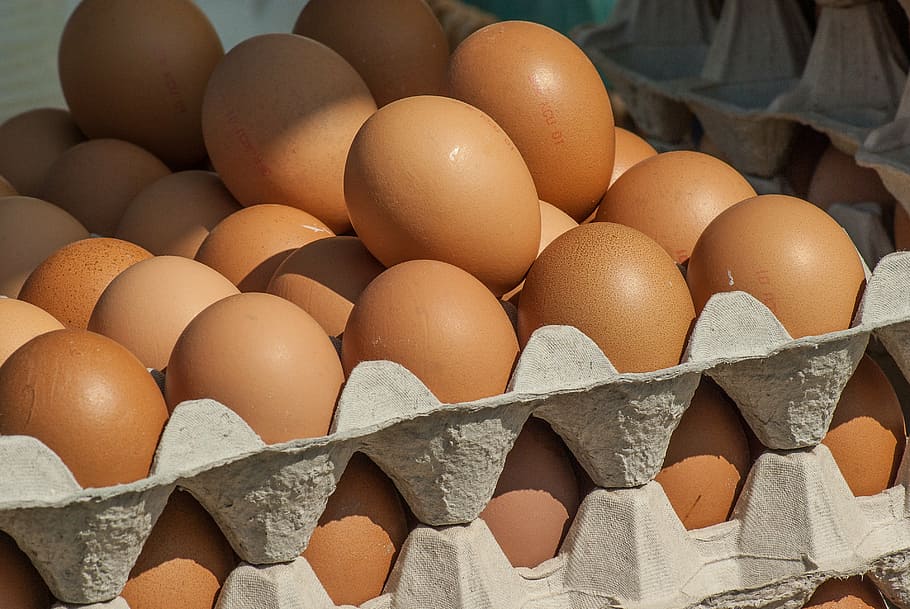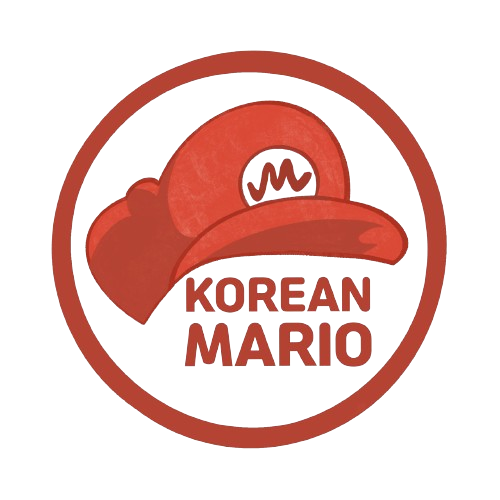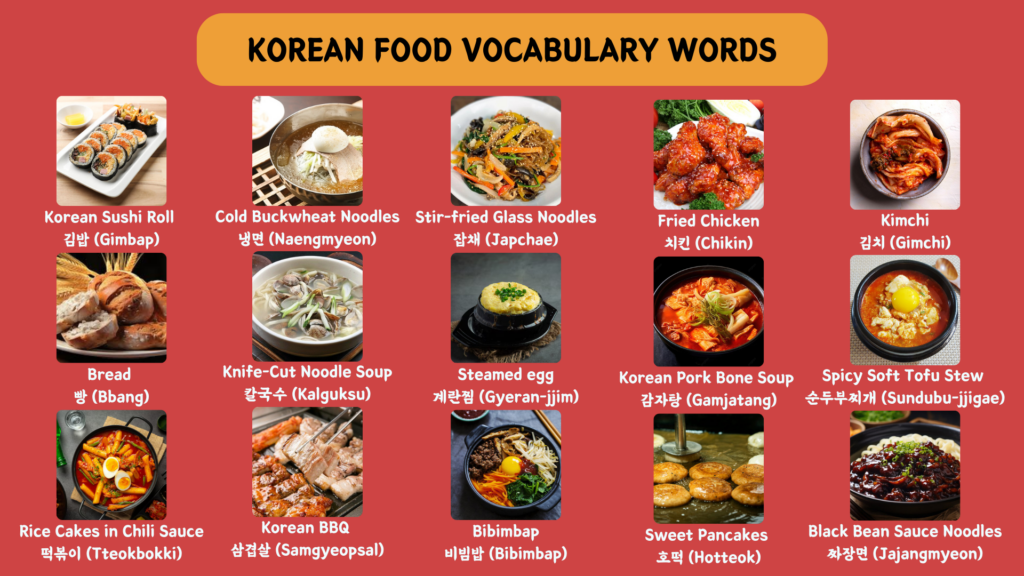
Did you know that kimchi is considered one of the world’s healthiest foods? But that’s just a taste of what Korean cuisine has to offer.
In this comprehensive guide, we’ll explore Korean food and expand your vocabulary with over 100 essential words related to food. Whether you’re ordering at a restaurant, describing flavors, or cooking at home, this list will equip you with the Korean terms you need.
How to say “Food” in Korean
First things first, let’s learn the Korean word for food: 음식 (eumsik). This is the general term for food and is the word you’ll want to use when talking about cuisine in general.
While 음식 (eumsik) is the general term for food, the word 밥 (bap) is also commonly used. Technically, 밥 (bap) means “rice,” as seen in dishes like 비빔밥 (bibimbap), which means mixed rice. Therefore, you wouldn’t use 밥 (bap) in the same context as 음식 (eumsik).
However, Koreans often talk about whether someone has eaten yet, and they usually use the word 밥 (bap) in these conversations. This is because rice is a main food in Korean culture and is served at almost every meal, even breakfast.
In South Korea, when expressing gratitude for a meal, you would also use the word 밥 (bap).
List of Popular Korean Food
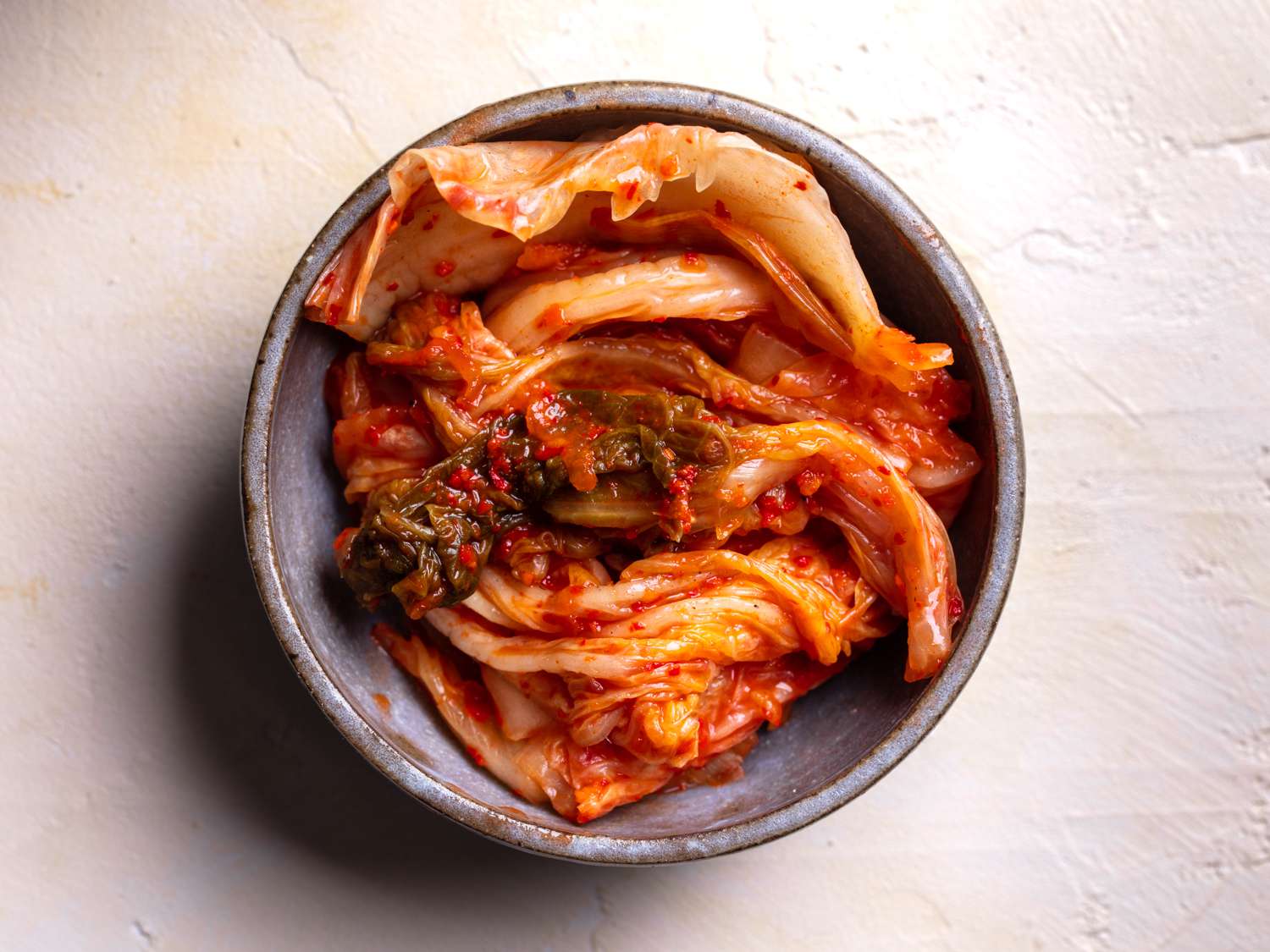
Kimchi
🔊 김치 (Gimchi)

Mixed rice with vegetables
🔊 비빔밥 (Bibimbap)

Marinated grilled beef
🔊 불고기 (Bulgogi)

Grilled pork belly
🔊 삼겹살 (Samgyeopsal)

Stir-fried glass noodles with vegetables
🔊 잡채 (Japchae)
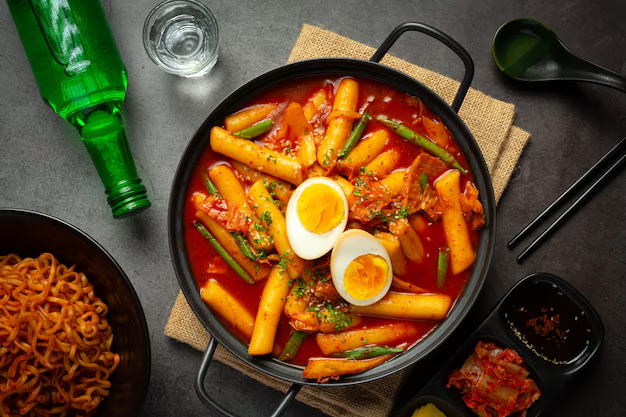
Spicy rice cakes
🔊 떡볶이 (Tteokbokki)
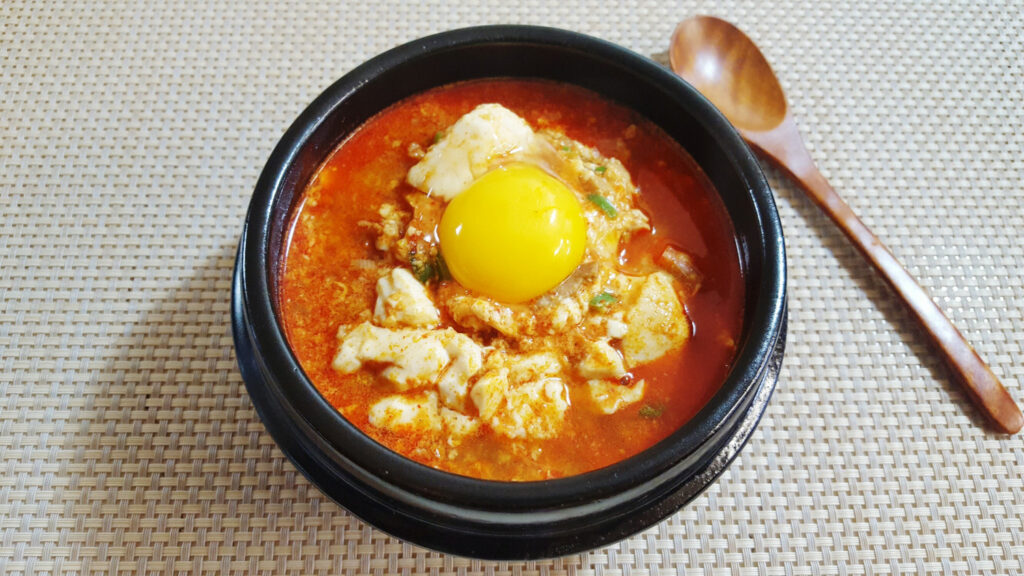
Soft tofu stew
🔊 순두부찌개 (Sundubu-jjigae)
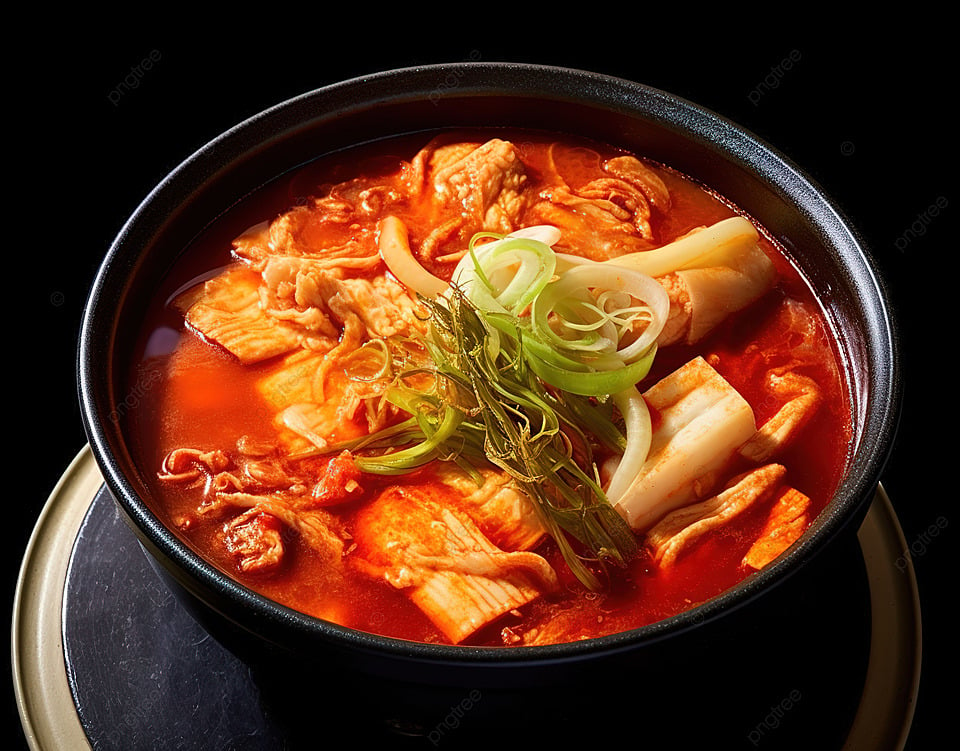
Kimchi stew
🔊 김치찌개 (Kimchi Jjigae)
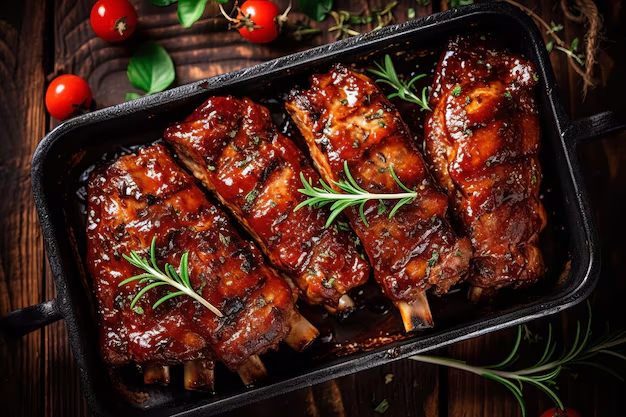
Marinated short ribs
🔊 갈비 (Galbi)

Filled Korean sweet pancake
🔊 호떡 (Hoddeok)
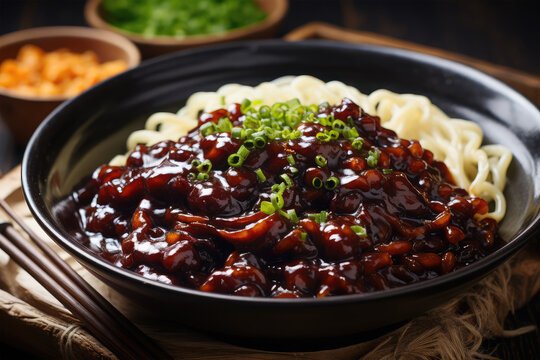
Black bean noodles
🔊 짜장면 (Jajangmyeon)
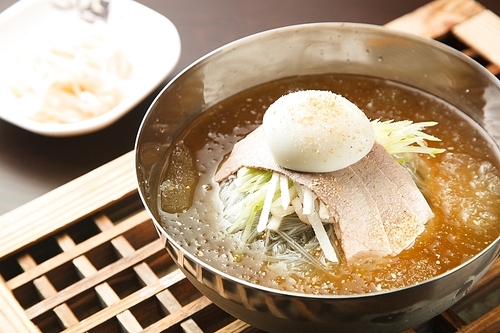
Cold noodles
🔊 냉면 (Naengmyeon)
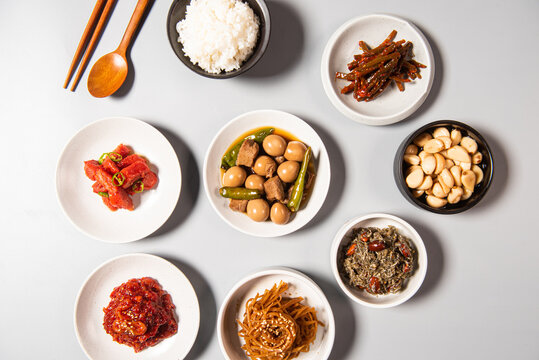
Side dishes
🔊 반찬 (Banchan)
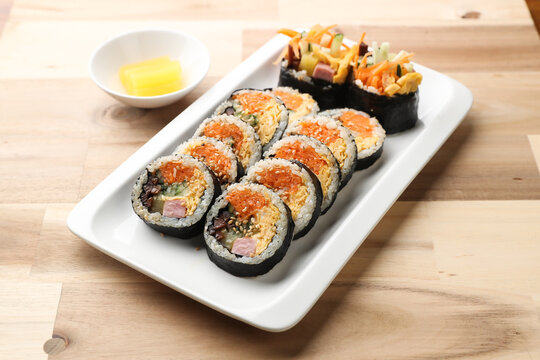
Seaweed rice rolls
🔊 김밥 (Gimbap)
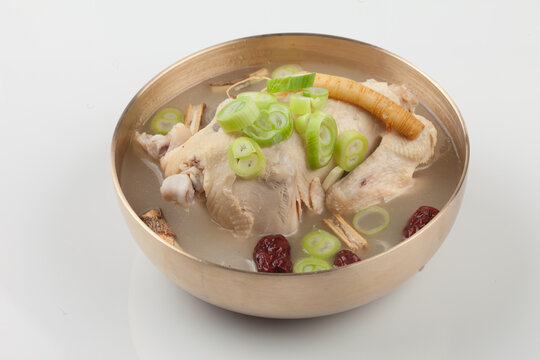
Ginseng chicken soup
🔊 삼계탕 (Samgyetang)
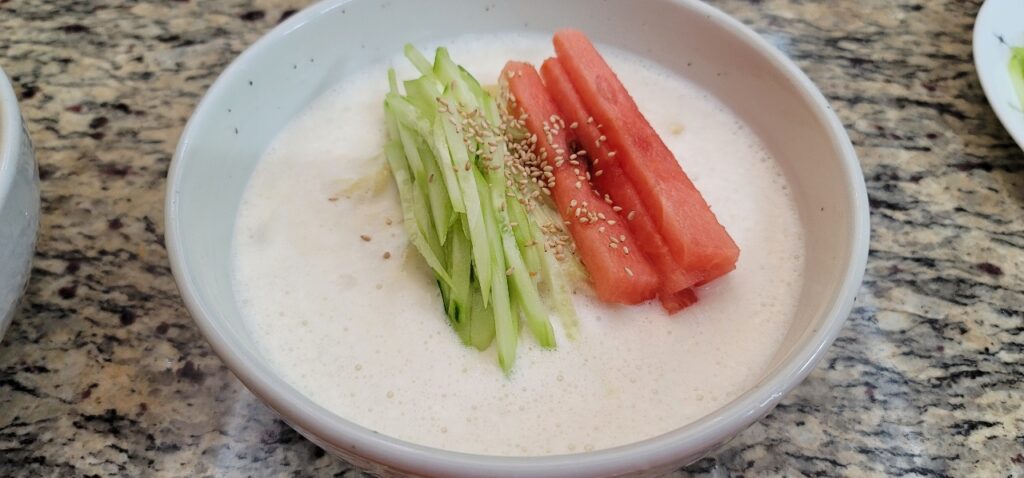
Soybean noodle soup
🔊 콩국수 (Kongguksu)
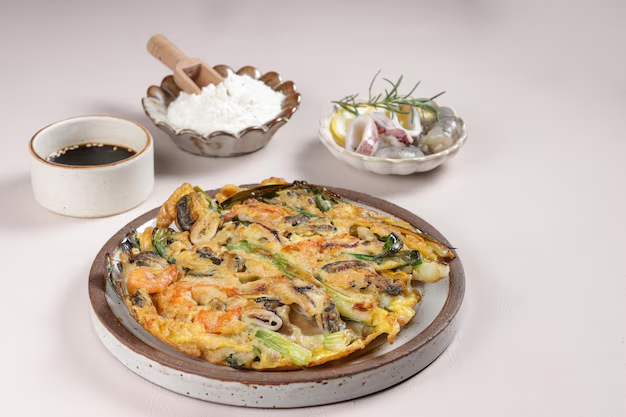
Seafood scallion pancake
🔊 해물파전 (Haemul Pajeon)
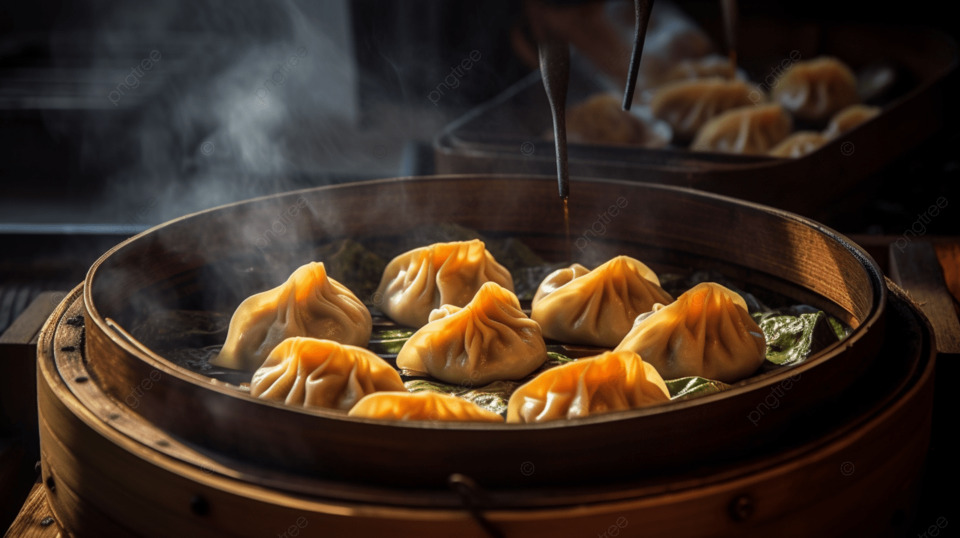
Dumplings
🔊 만두 (Mandu)
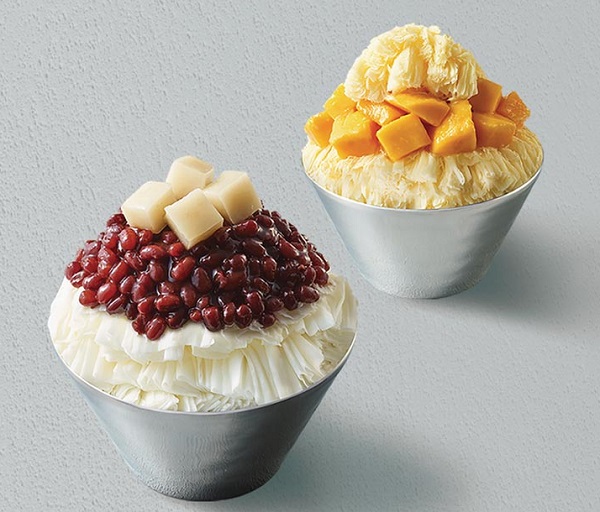
Shaved ice dessert
🔊 빙수 (Bingsu)

Soybean paste stew
🔊 된장찌개 (Doenjang Jjigae)
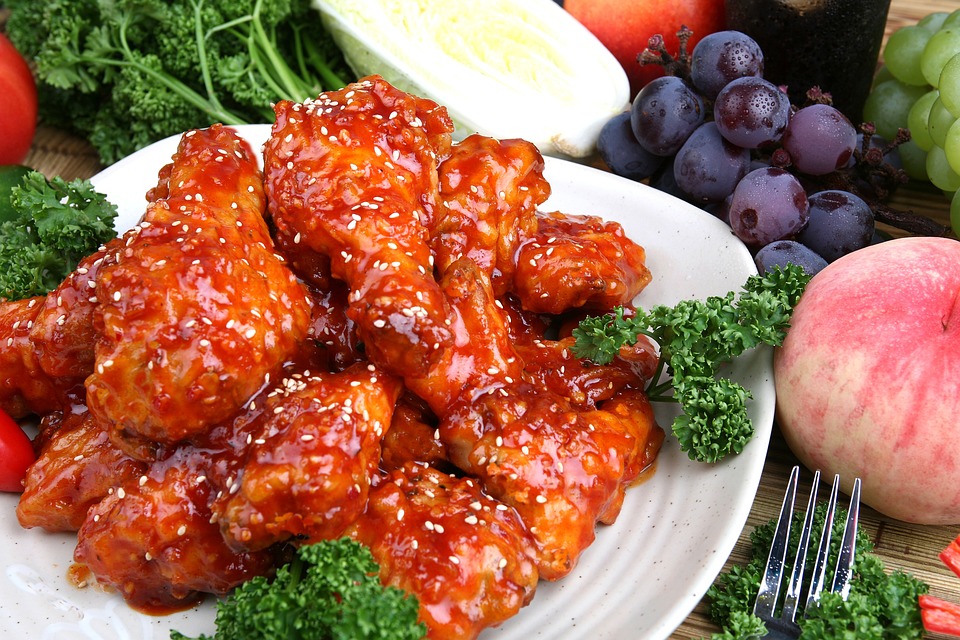
Korean fried chicken with sauce
🔊 양념치킨 (Yangnyeom Chicken)
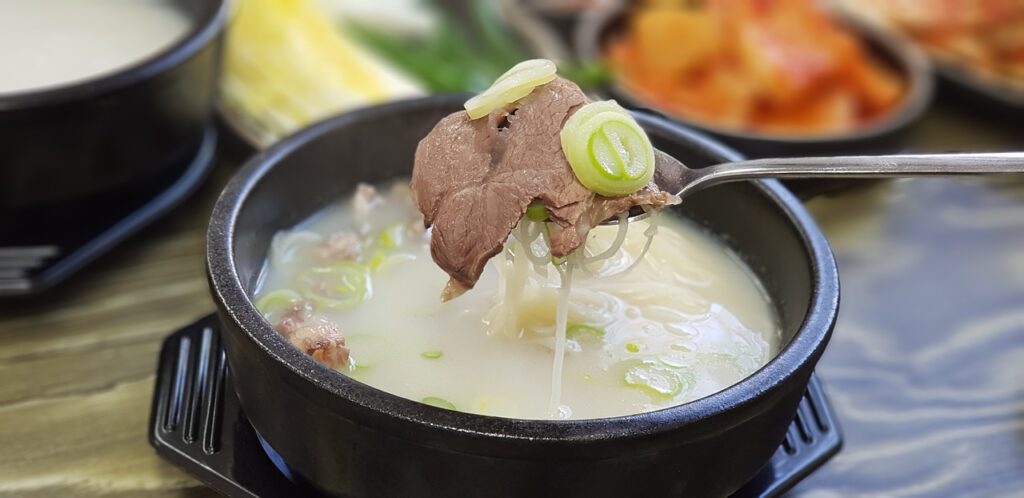
Ox bone soup
🔊 설렁탕 (Seolleongtang)
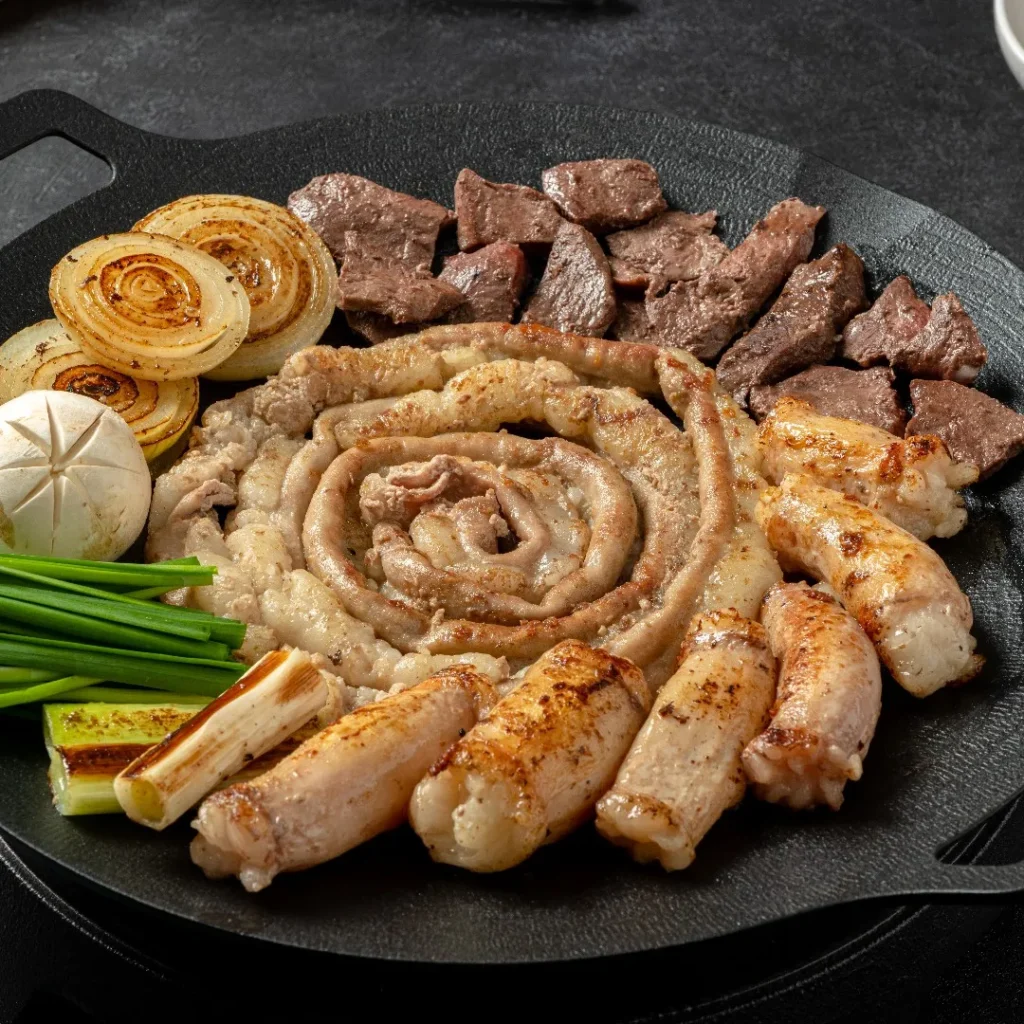
Grilled intestines
🔊 곱창 (Gopchang)
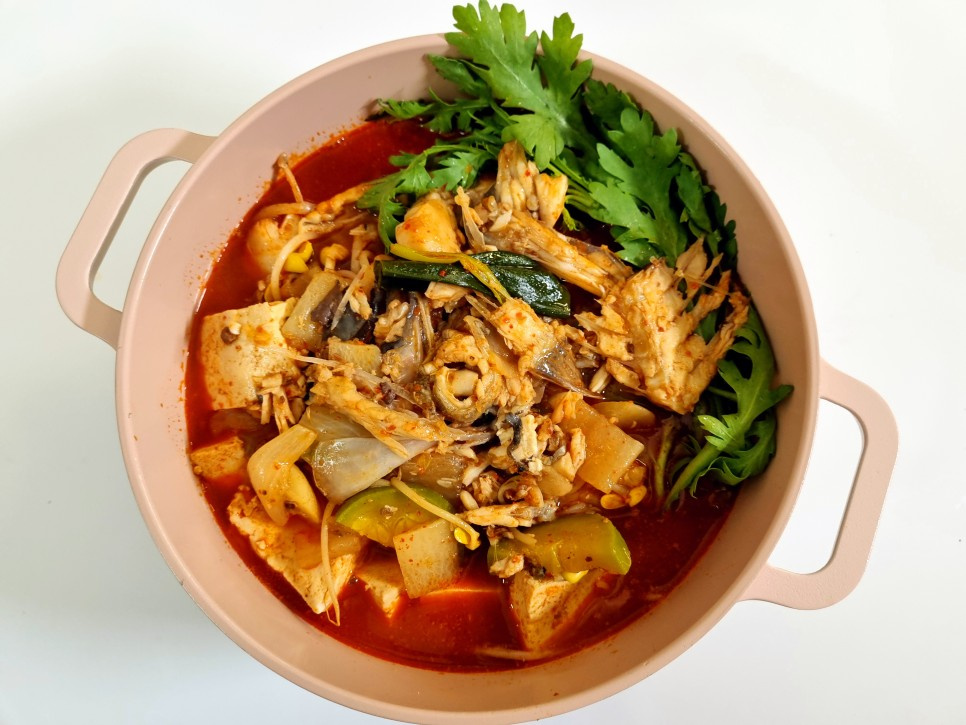
Spicy fish stew
🔊 매운탕 (Maeuntang)
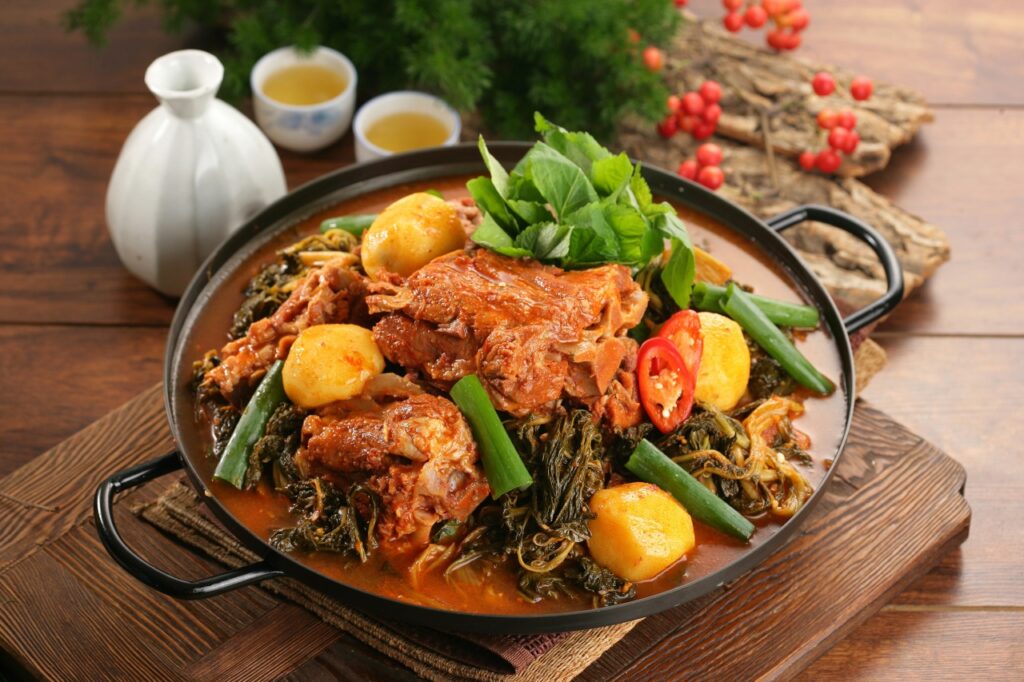
Pork bone soup
🔊 감자탕 (Gamjatang)
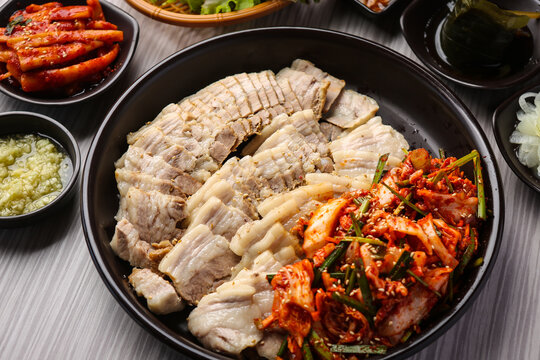
Boiled pork wraps
🔊 보쌈 (Bossam)
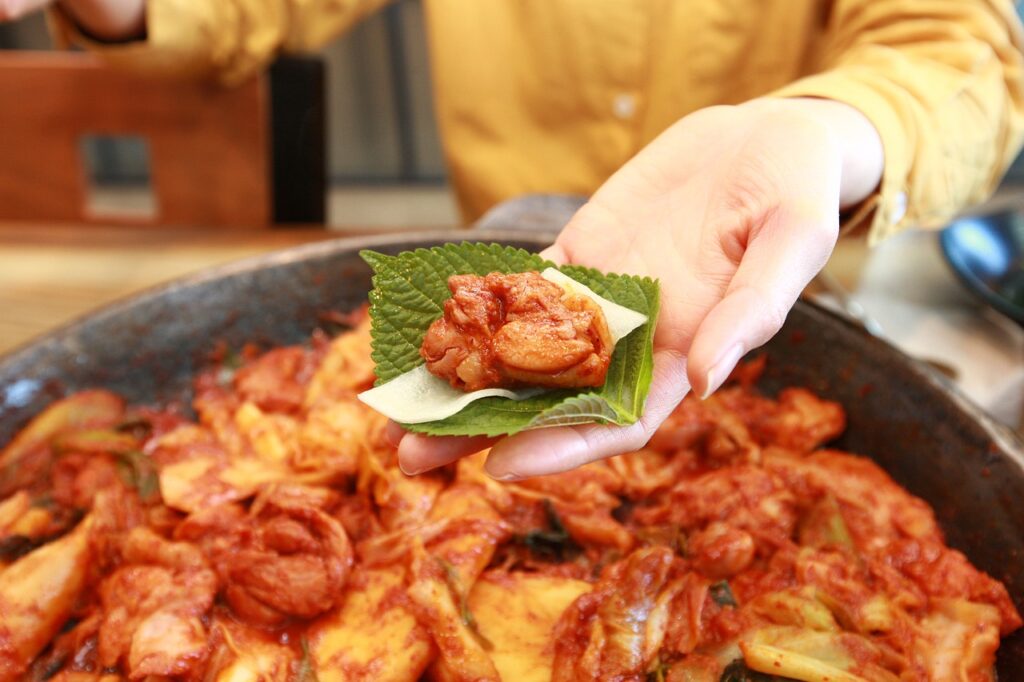
Spicy Stir-fried Chicken
🔊 닭갈비 (Dakgalbi)
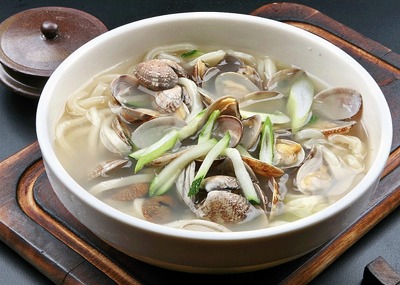
Knife-Cut Noodle Soup
🔊 칼국수 (Kalguksu)

Kimchi Fried Rice
🔊 김치볶음밥 (Kimchi Bokkeumbap)

Spicy Beef Soup with Vegetables
🔊 육개장 (Yukgaejang)
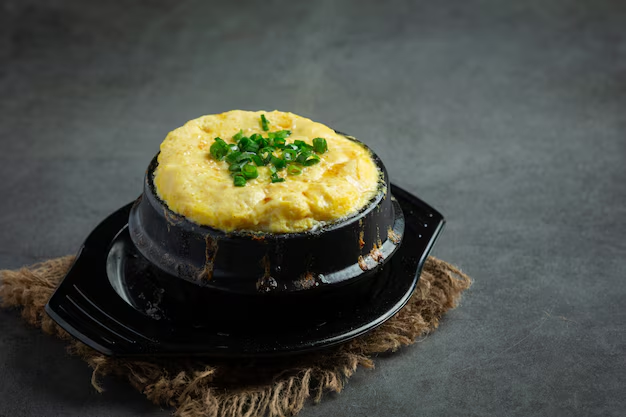
Steamed Egg
🔊 계란찜 (Gyeran Jjim)
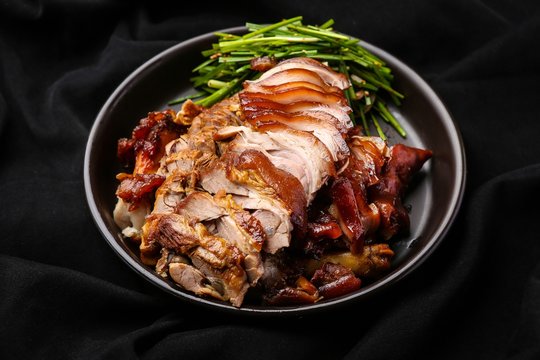
Pig’s Feet
🔊 족발 (Jokbal)

Rolled Omelette
🔊 계란말이 (Gyeran Mari)
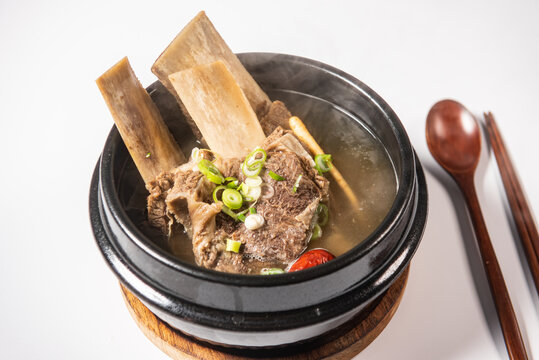
Beef Short Rib Soup
🔊 갈비탕 (Galbitang)

Rice Balls
🔊 주먹밥 (Jumeokbap)
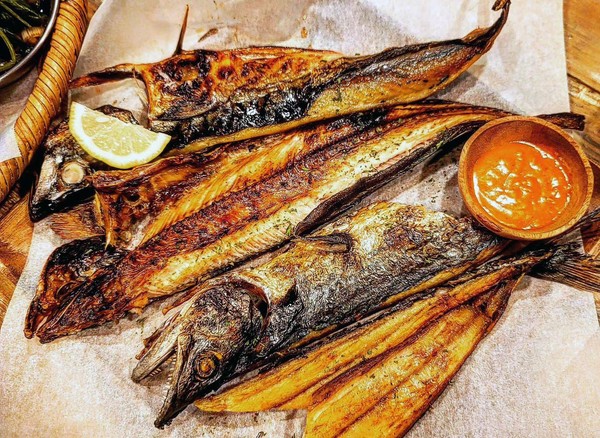
Grilled Fish
🔊 생선구이 (Saengseon Gui)
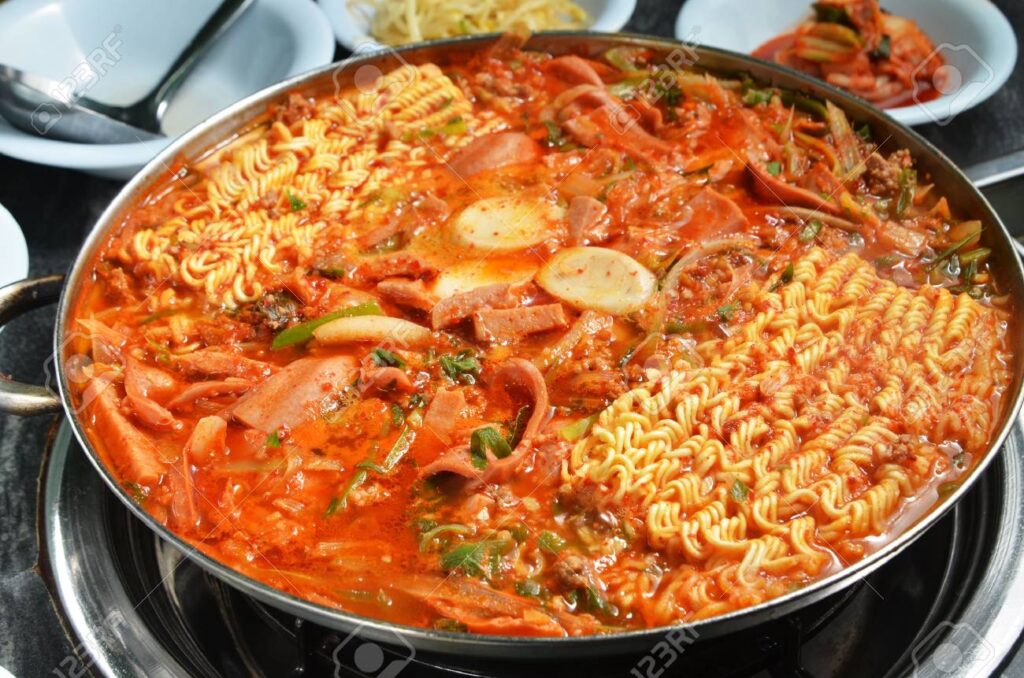
Army Stew
🔊 부대찌개 (Budae Jjigae)
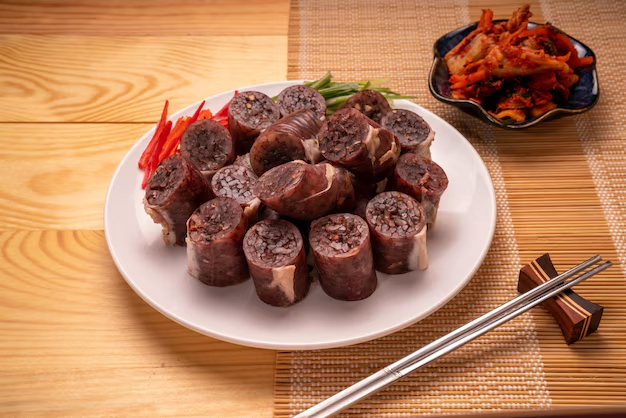
Korean Blood Sausage
🔊 순대 (Soondae)

Assorted bread and pastries
🔊 빵 (Ppang)
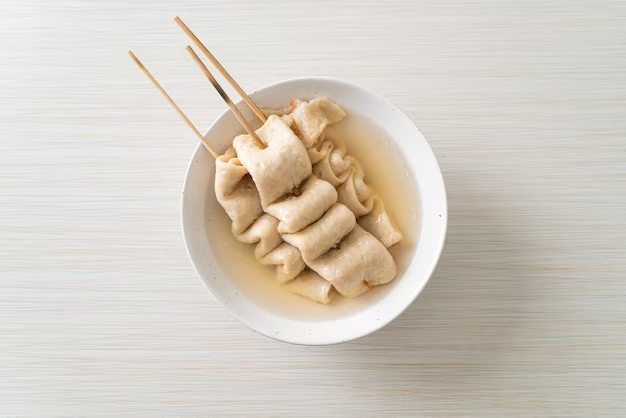
Fish cakes served skewered or in soup
🔊 어묵 (Eomuk)
Learning Korean food vocabulary is essential for anyone interested in Korean culture, cuisine, or traveling to Korea. Knowing words like “kimchi” (김치), “bibimbap” (비빔밥), and “tteokbokki” (떡볶이) allows you to better appreciate the diverse and rich flavors of Korean cuisine. It also helps you navigate menus, order food confidently in restaurants, and engage in conversations about food with native speakers, enhancing your overall cultural experience.
Moreover, understanding these terms can deepen your connection to Korean traditions and social practices. Food is a significant aspect of Korean life, and knowing key food vocabulary allows you to participate more fully in cultural exchanges and social interactions. Whether you’re attending a Korean BBQ, enjoying street food, or preparing Korean dishes at home, these words provide a gateway to a richer, more immersive experience, making your encounters with Korean culture more meaningful and enjoyable.
Cooking Ingredients in Korean
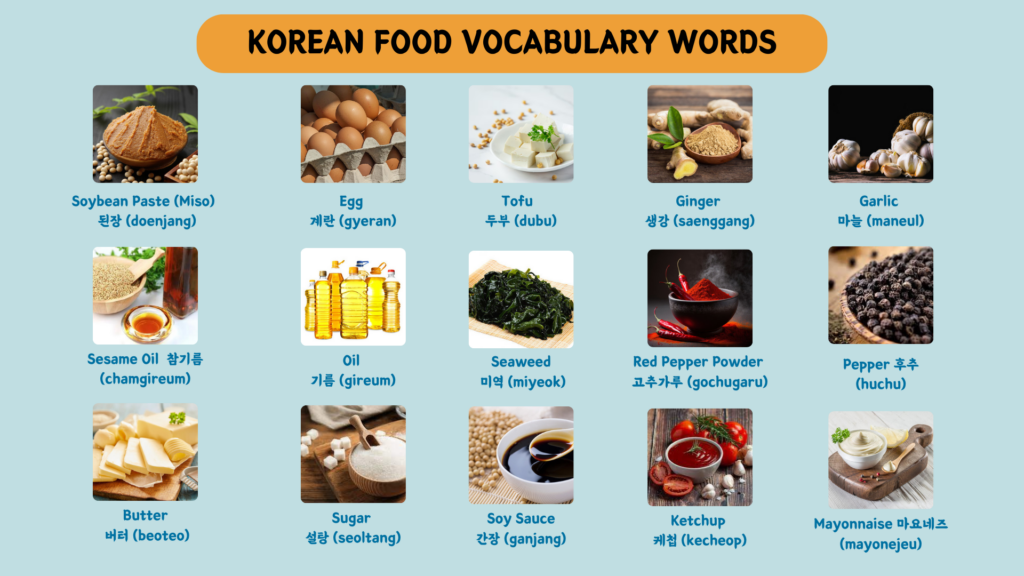
Learning cooking ingredients in Korean offers several important benefits, particularly for those interested in Korean cuisine, culture, and language.
Understanding the names of ingredients allows you to better navigate Korean menus and recipes. Whether you’re dining out at a Korean restaurant or cooking a Korean dish at home, knowing terms like 마늘 (maneul) for garlic and 고추장 (gochujang) for red pepper paste helps you identify and appreciate the flavors and components of each dish. This knowledge enhances your culinary experiences, allowing you to make informed choices and enjoy a wider variety of dishes.
Food is a fundamental aspect of any culture, and Korea is no exception. By learning the names of common cooking ingredients, you gain deeper insights into Korean culinary traditions and practices. This understanding fosters a greater appreciation of the cultural significance of various dishes and ingredients, enhancing your overall cultural immersion and connection to Korean heritage.
If you’re traveling in Korea or interacting with Korean speakers, knowing food vocabulary can significantly improve your communication. Whether you’re shopping at a local market, ordering food at a restaurant, or discussing recipes with friends, being able to name ingredients in Korean makes interactions smoother and more enjoyable. It also shows respect for the language and culture, which can help build better relationships with Korean speakers.
For those who enjoy cooking, learning Korean ingredient names expands your culinary repertoire. You can explore authentic Korean recipes with greater confidence, sourcing the correct ingredients and understanding their roles in each dish. This knowledge not only enhances your cooking skills but also allows you to create more authentic and flavorful Korean meals.
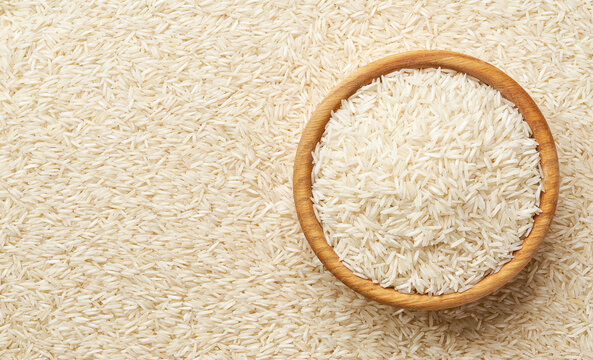
Rice
🔊 쌀 (ssal)
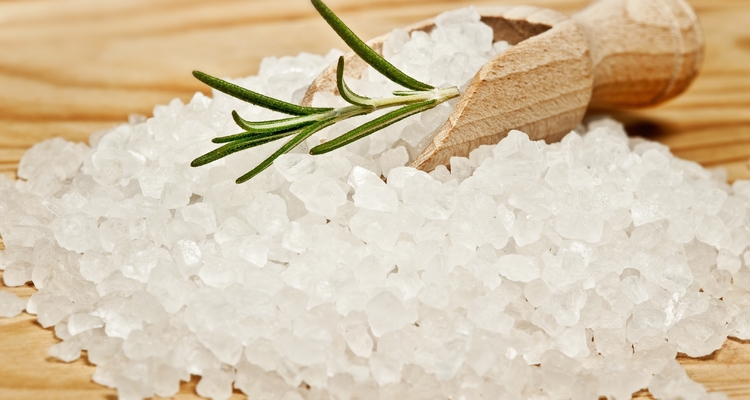
Salt
🔊 소금 (sogeum)
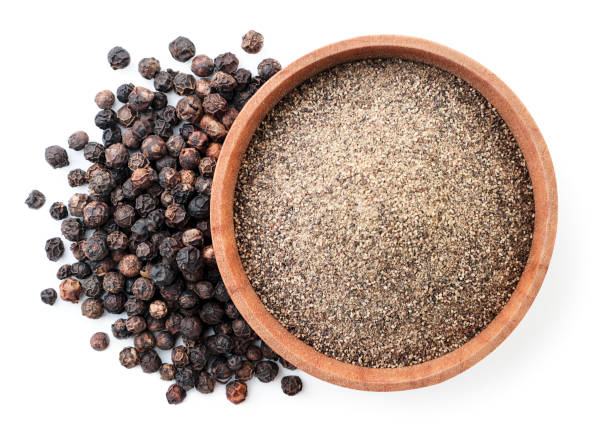
Black Pepper
🔊 후추 (huchu)
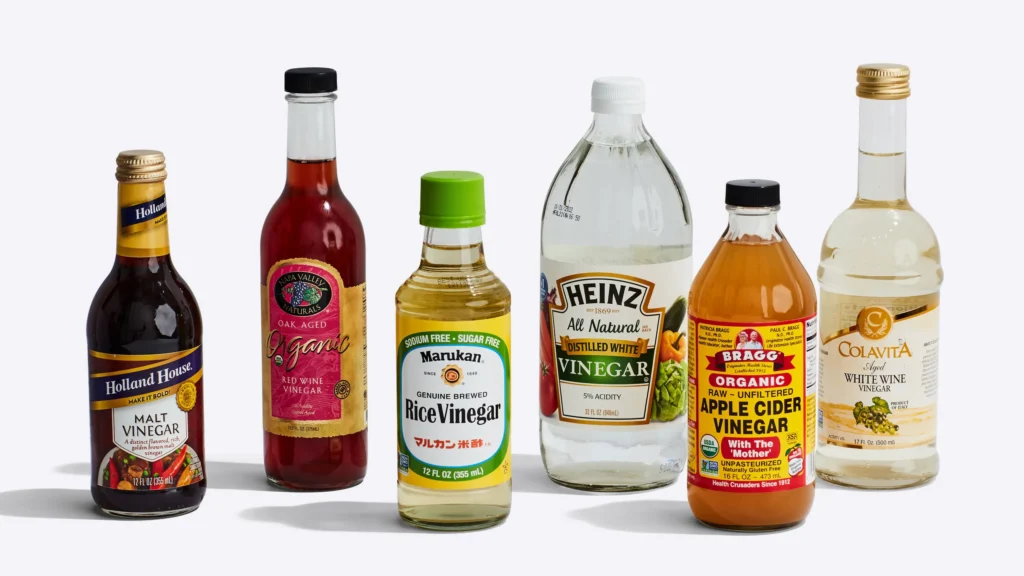
Vinegar
🔊 식초 (sikcho)
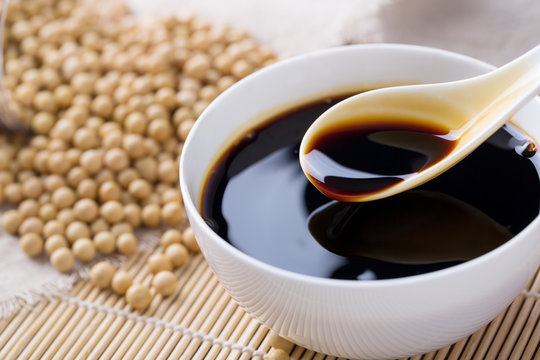
Soy Sauce
🔊 간장 (ganjang)

Sugar
🔊 설탕 (seoltang)

Butter
🔊 버터 (beoteo)
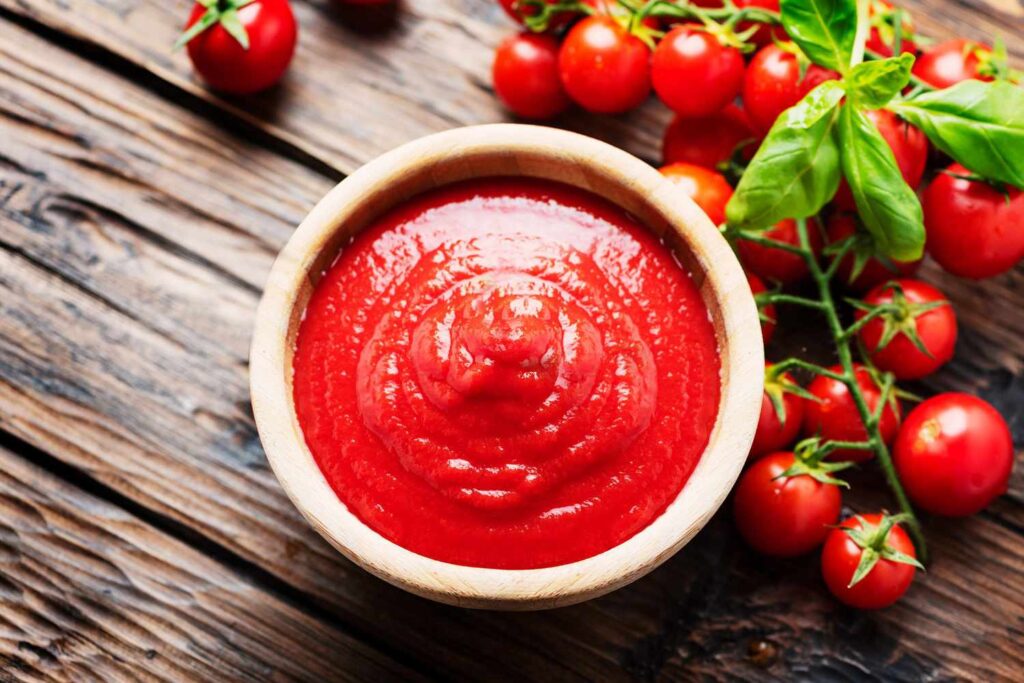
Ketchup
🔊 케첩 (kecheop)
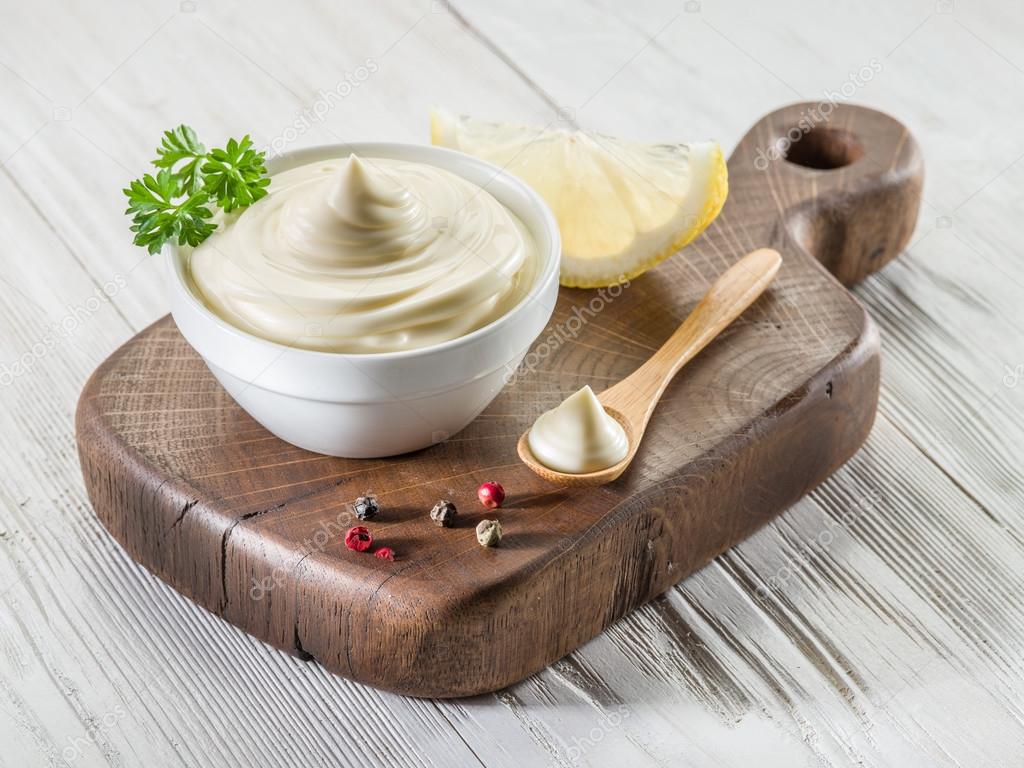
Mayonnaise
🔊 마요네즈 (mayonejeu)

Baking Powder
🔊 베이킹파우더 (beikingpaudeo)
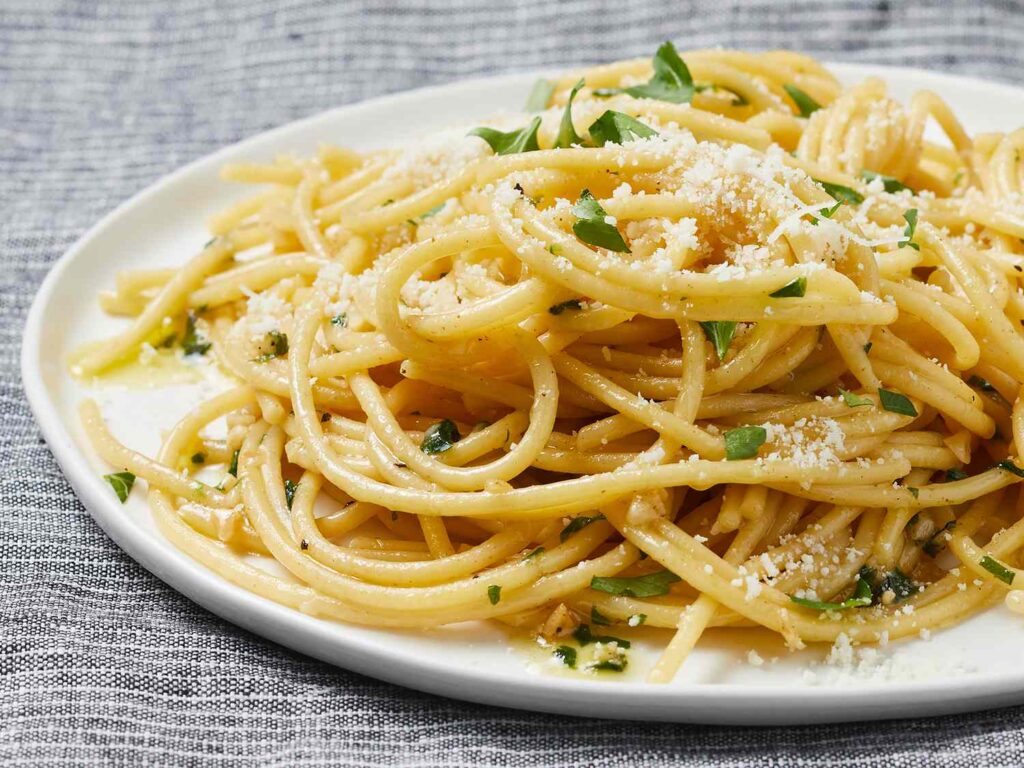
Pasta
🔊 파스타 (paseuta)

Honey
🔊 꿀 (kkul)
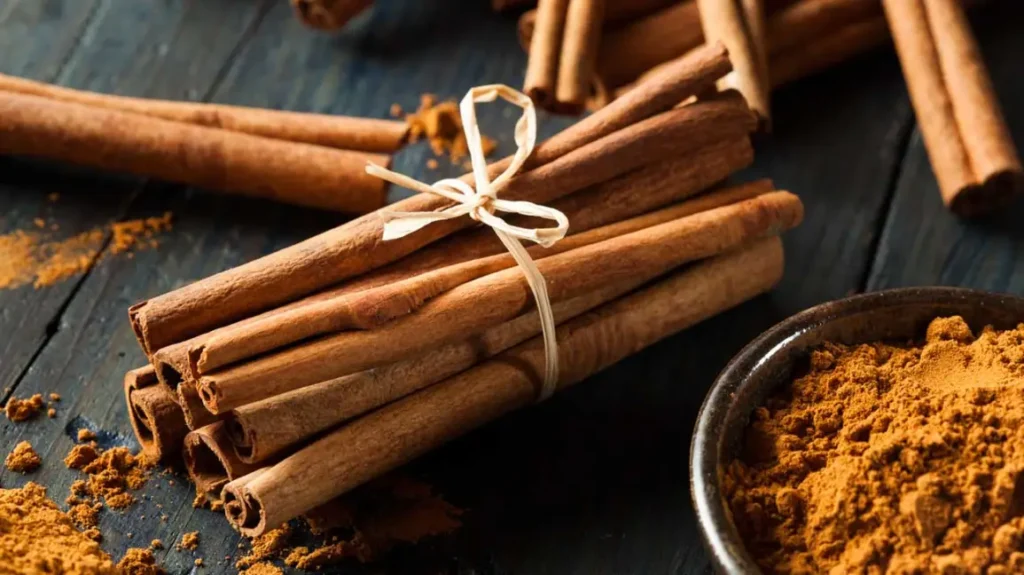
Cinnamon
🔊 계피 (gye pi)
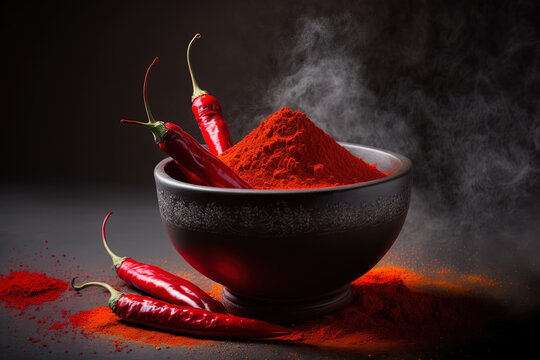
Chili Powder
🔊 고춧가루 (gochutgaru)
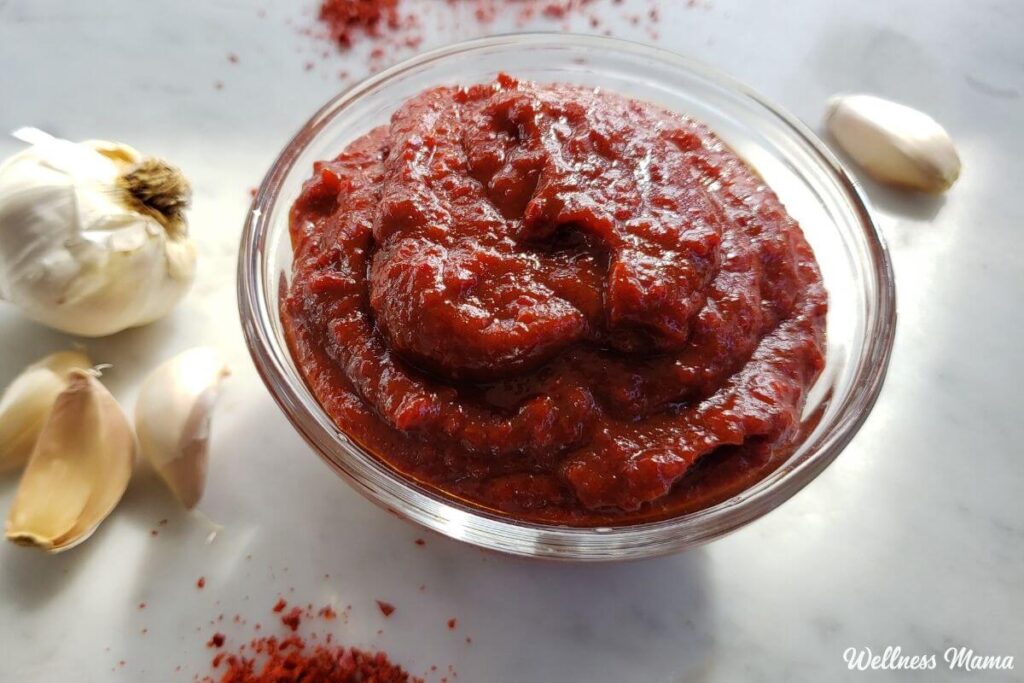
Chili Pepper Paste
🔊 고추장 (gochujang)
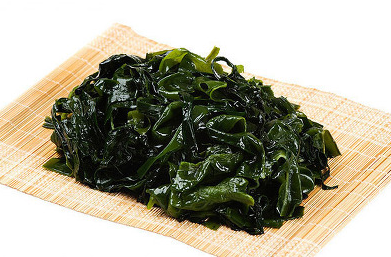
Seaweed
🔊 미역 (miyeok)
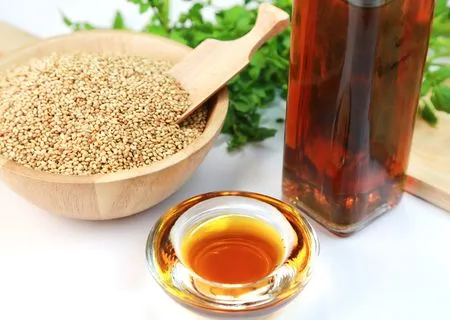
Sesame Oil
🔊 참기름 (chamgireum)
Learning food vocabulary is a practical and engaging way to enhance your Korean language skills. It provides a context for memorizing new words and phrases, making the language learning process more enjoyable and relevant. Additionally, since food is a common topic of conversation, mastering these terms can boost your confidence in speaking and understanding Korean in everyday situations.
In summary, learning cooking ingredients in Korean enriches your dining experiences, deepens your cultural understanding, improves communication, enhances your cooking skills, and supports your language learning journey. It’s a practical and rewarding endeavor for anyone interested in Korean cuisine and culture.
Table of Contents


